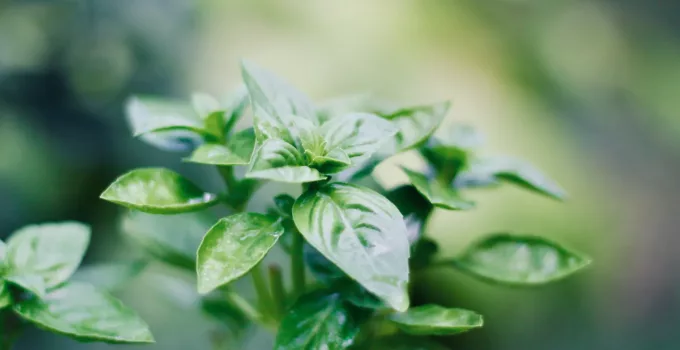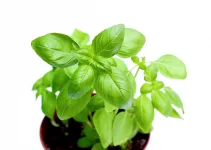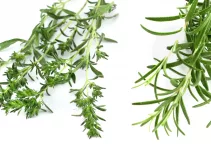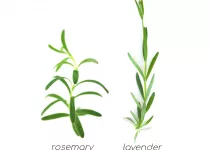When the topic of basil flowers comes up, I have just want thing to say: I don’t want to see them. Why am I so categorical on basil plants flowering?
The sight of basil flowers is indicative of a couple of clear things, none of them desirable:
- the taste of the leaves has changed, it can become more bitter
- once basil flowers, the basil plant will soon stop producing new leaves – it doesn’t die, it just quits the growth cycle and enters its reproduction cycle, where all the energy is focused on reproducing and not on expansion
Thankfully, basil bolting is not as big of a problem as cilantro bolting. But it’s still something we must pay attention to if we want to prolong the life of our herb. Bolting is another term used for herbs flowering.
Table of Contents
What To Do After Basil Flowers
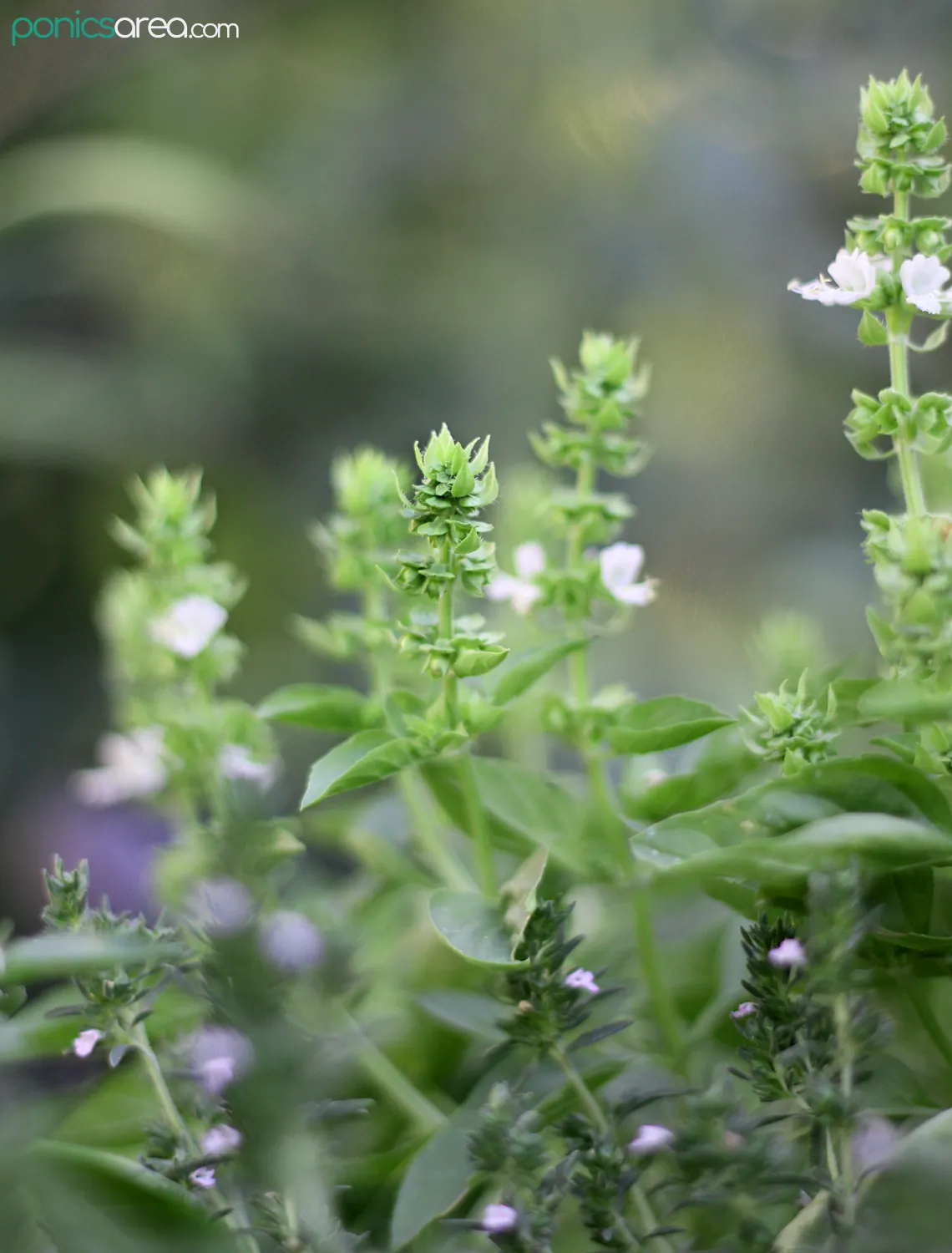
Absolutely every part of a basil plant is edible, even after it flowers.
It’s just that when this herb blooms, the leaves will change their taste a bit, their flavor can become slightly bitter.
The growing cycle is also ending.
Thus,
The best thing to do is to harvest it all and make some delicious dishes. Look into Italian and Thai cooking if you need inspiration, if you want to enjoy the last of your plant. Or make some pesto jars.
If you’re using it for salads or dishes where appearance matters, shred the leaves with your fingers. A knife can bruise and darken the leaves.
I don’t like freezing or drying basil leaves. In my opinion, this herb is just best consumed fresh. It’s not like thyme or rosemary, which maintain their full flavors even after being dried.
You can also use dried flower heads to add them to a potpourri.
Grow More Basil from Cuttings
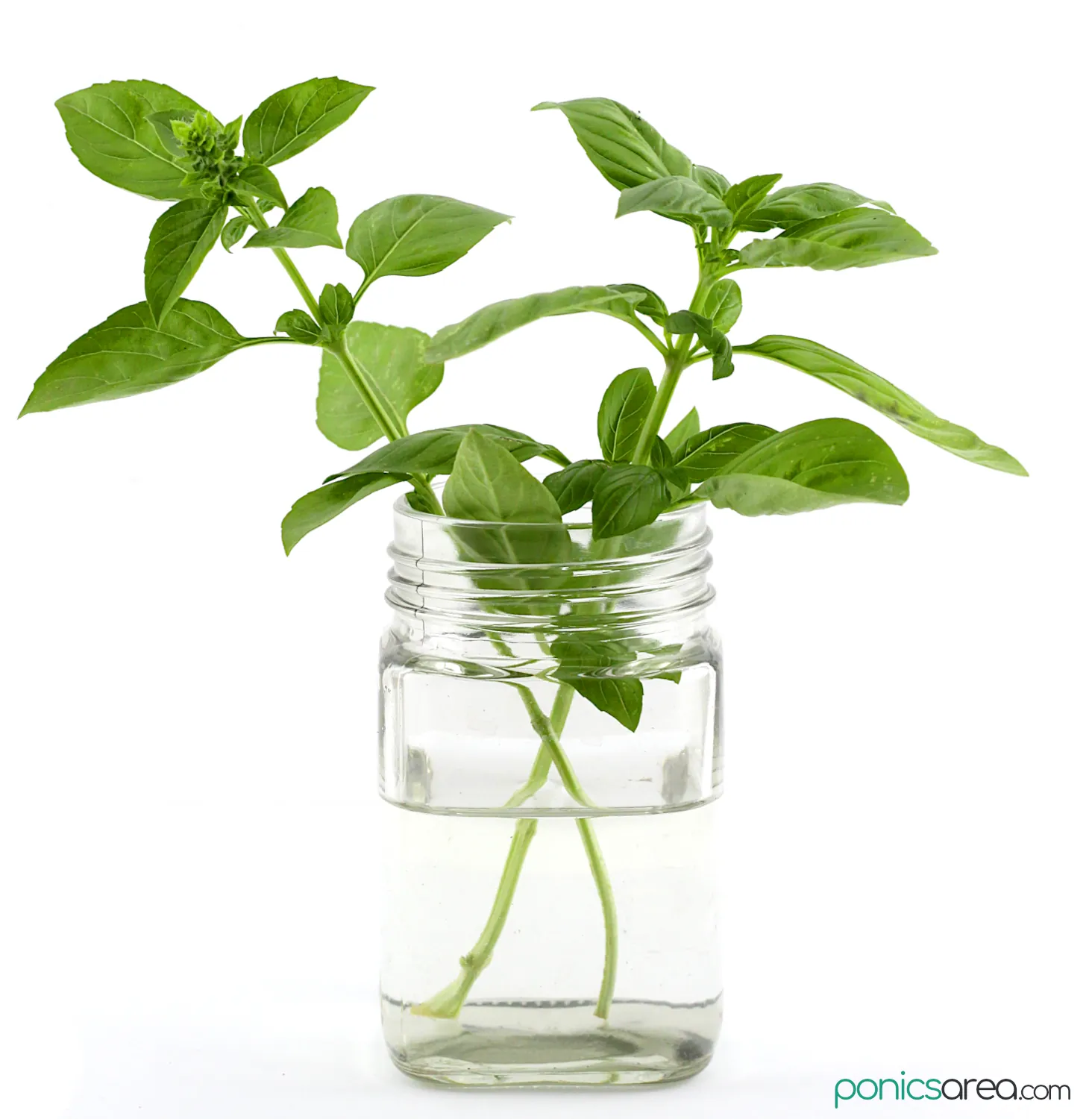
Another thing you can do once basil flowers is to start growing new plants. There are two options for that: growing basil from seeds or from cuttings.
If your basil starts flowering, you can take some basil cuttings to propagate new plants.
Just because your current plant is slowing down, it doesn’t mean that you can’t grow new ones that will last for at least a few months before basil flowers start showing up.
This is what you have to do with the basil cuttings:
- remove the little leaves at the base of the stem and use them for cooking – if you just leave them in water, they will rot
- take some jars/plastic bottles and fill them with water
- place the cuttings in water
- place the jars on the window sill, in the sunlight
- change the water frequently
- wait until the cuttings grow roots and then you can plant them in new potting soil
- it will take about 2 weeks until their roots have grown
How to Prevent Basil from Flowering: Prune It
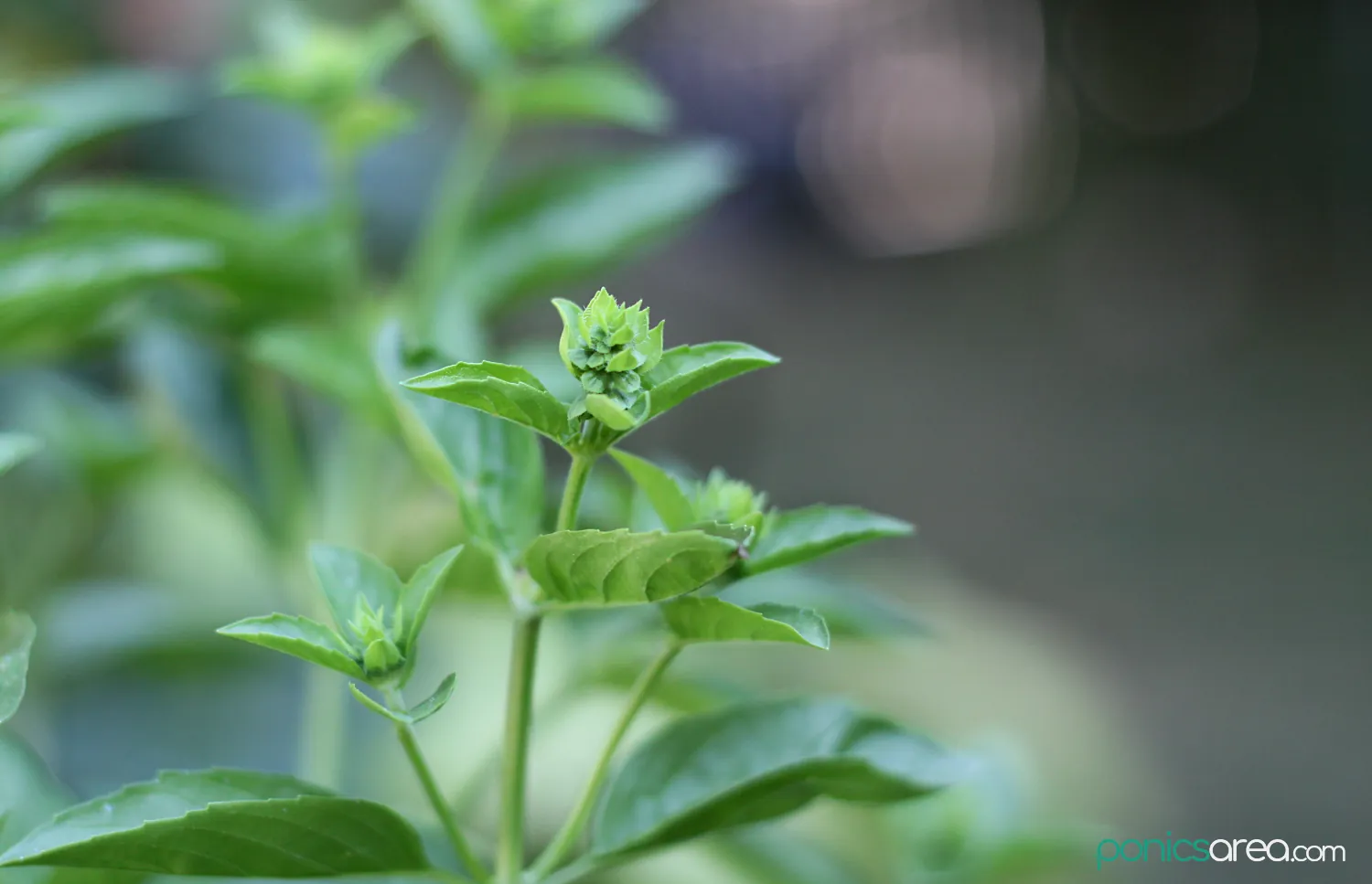
Herbs will bolt more quickly in warmer and more humid environments.
If you want to keep your herb from bolting, you will try to keep it in cooler and less humid temperatures, while still giving it the necessary sunlight to prevent basil leaves turning yellow. It’s not easy.
Moreover,
Potted basil will bolt more quickly than the one grown in the ground in the garden.
There’s one clear action to take when you notice that your basil plant is flowering: prune the basil flowers.
Actually,
We should prune our basil well before that if you want more yield, a bushier herb with more than a central stem, and if we want to postpone flowering. I wrote a guide on when and how to prune basil for the first time.
Basil flowers shouldn’t even be left to develop.
Whenever we see a bloom forming, we should just pinch it with our fingers. That’s how easy it is to postpone the apparition of basil flowers.
A bloom is that concentration of very very small leaves found at the very top of the stem, on top of the very big leaves.
That pinching of blooms before they have the chance to turn into flowers is all we need to do to encourage the herb to give more yield.
Which Basil Varieties Bolt More Quickly?

Reportedly, there are 64 basil species, belonging to the Lamiaceae family. The Lamiaceae herb family is one of the most important for cooks all over the world because it includes popular herbs like oregano, lavender, mint, thyme, sage, rosemary, parsley, and so on.
The parts used from the basil plant are the leaves and the flower spikes.
- Sweet basil (Ocimum basilicum) is one of the most well-known and most frequently grown.
- Thai basil follows closely, it’s known for its sweet anise scent and it has ornamental lavender flowers. These flowers are nice to look at.
Although the Thai variety is delicious, it’s also known for bolting faster than others. It flowers more quickly.
- Lemon basil is another popular variety, for its fresh lemon scent with sweet basil undertones.
All these popular varieties are treated as annuals and are usually propagated from seed.
The annual varieties will invariably bolt once the weather gets hot. You’ll have to watch out for that. Pruning and pinching the blooms definitely helps.
- But there are some perennial varieties, too: the white-flowered green-leafed All Year basil, the purple-suffused African Blue, and the Tree Basil that makes a bush up to 1.5 m.
If you want to know even more about this herb, you can read some of my articles on: how to grow hydroponic basil, how to water basil, and basil plant wilting.
Now you see why I don’t like seeing basil flowers but the blooming of a basil plant can be postponed by simply pinching the blooms when they’re young and fragile.

